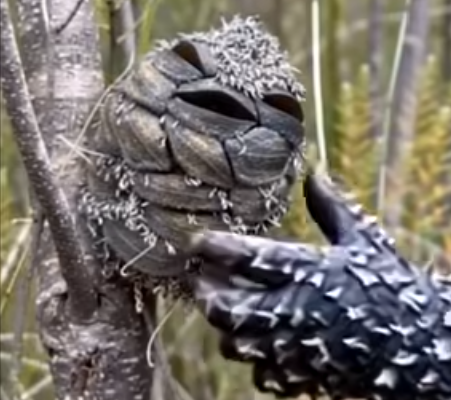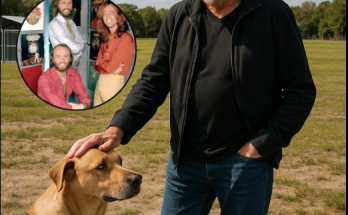Spending time in nature often brings not only peace of mind but also delightful surprises. For many, a walk through fields, forests, or winding trails is a way to reconnect with both the world and themselves. For Australian woman Kym Beechey, these outings are also an opportunity to nurture her passion for photography. She loves capturing the hidden beauty of wildlife, though animals can be shy and fleeting, making every photo a challenge and a gift.
One day, during a quiet stroll, Kym spotted what she believed to be a newborn tawny frogmouth, a nocturnal bird often mistaken for an owl. Excited by the rare chance to photograph such a young bird, she carefully drew out her phone and zoomed in. The “chick” appeared to be perched sweetly, and to her delight, its face even seemed to wear a smile — a magical moment for any nature photographer.
But the magic quickly turned to laughter. When Kym reviewed the photo more closely, she realized her mistake: her “baby bird” was not a bird at all, but a quirky-looking banksia pod from a nearby tree. These woody seed pods, which resemble pinecones, are known for their unusual shapes — often appearing like faces or tiny creatures when viewed from the right angle. It was an easy mistake, but one that made the experience even more memorable.
Banksia trees, native to Australia and also found in Papua New Guinea and New Zealand, play an important role in their ecosystems. Their pods split open in response to heat, such as from bushfires, releasing seeds that ensure new growth after devastation. With their strange and sometimes whimsical features, they’ve long captured human imagination. Kym added her “smiling bird” photo to her growing collection, proof that nature’s surprises aren’t always what they seem — and sometimes the most unexpected discoveries are the ones we remember the most.



